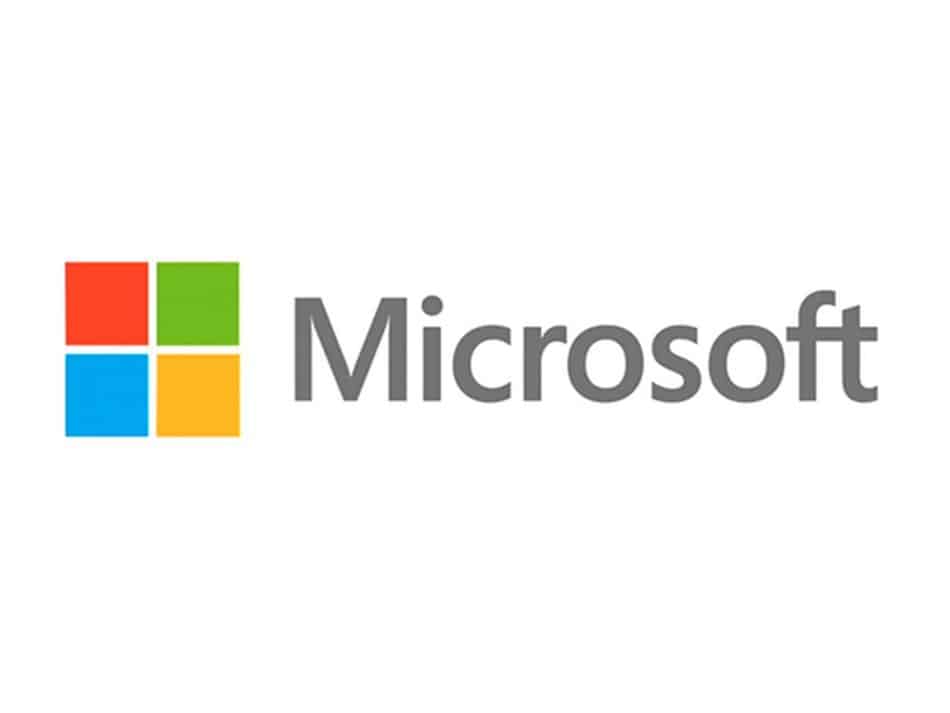Introduction
Microsoft, a global technology giant, has played a transformative role in shaping the digital landscape. From its humble beginnings as a software company to its current position as a leader in cloud computing, productivity tools, and gaming, Microsoft’s business model has evolved to keep pace with the rapidly changing technology industry. In this blog post, we will explore the intricacies of the Microsoft business model and how the company has successfully empowered the digital age.
- Software Development and Licensing
Microsoft’s foundation lies in software development and licensing. The company initially gained prominence with its operating system, Microsoft Windows, which became the dominant platform for personal computers. Microsoft continues to invest heavily in developing software products and services, including the Office productivity suite, Azure cloud platform, Dynamics business applications, and developer tools. By licensing its software to individuals, businesses, and enterprises, Microsoft generates significant revenue streams while ensuring its widespread adoption and market presence.
- Cloud Computing and Azure
Microsoft’s strategic shift toward cloud computing has been instrumental in its continued success. The company’s cloud platform, Azure, offers a comprehensive suite of infrastructure, platform, and software-as-a-service (IaaS, PaaS, and SaaS) solutions. Azure provides organizations with the flexibility, scalability, and security necessary to power their digital transformation initiatives. Microsoft’s robust cloud infrastructure, combined with a wide range of integrated services, has enabled the company to compete effectively with other cloud providers and attract a diverse customer base.
- Productivity and Collaboration Tools
Another key aspect of the Microsoft business model is its focus on productivity and collaboration tools. Microsoft Office, comprising applications like Word, Excel, PowerPoint, and Outlook, has become the standard software suite for businesses and individuals alike. The company continually enhances these tools and expands their functionality, integrating them with cloud-based services and collaboration platforms such as Microsoft Teams. By providing comprehensive productivity solutions, Microsoft empowers users to work efficiently and seamlessly across devices and locations.
- Enterprise Solutions and Business Applications
Microsoft’s business model extends to enterprise solutions and business applications, catering to the needs of organizations across various industries. The Dynamics suite offers a range of business applications, including customer relationship management (CRM), enterprise resource planning (ERP), supply chain management, and human capital management solutions. These applications enable businesses to streamline operations, improve customer engagement, and drive digital transformation. Microsoft’s focus on providing end-to-end enterprise solutions strengthens its position as a trusted partner for businesses worldwide.
- Hardware and Devices
While software remains at the core of Microsoft’s business model, the company has ventured into hardware and devices to complement its software offerings. Microsoft’s Surface line of devices, including laptops, tablets, and interactive whiteboards, showcases its commitment to delivering premium hardware that seamlessly integrates with its software ecosystem. Furthermore, Microsoft’s acquisition of Nokia’s mobile phone division allowed it to enter the smartphone market, although it later shifted its focus towards software and services rather than manufacturing devices.
- Gaming and Entertainment
Microsoft has made significant inroads into the gaming and entertainment industry through its Xbox brand. Xbox consoles, along with the Xbox Game Pass subscription service, have become synonymous with high-quality gaming experiences. Microsoft’s business model in the gaming sector encompasses hardware sales, software licensing, and subscription-based services. Additionally, Microsoft’s acquisition of popular gaming studios, such as Bethesda Softworks, has bolstered its game development capabilities, further enhancing its presence in the gaming market.
- Artificial Intelligence and Research
Microsoft’s business model embraces cutting-edge technologies, and artificial intelligence (AI) plays a crucial role in its offerings. The company heavily invests in AI research and development, integrating AI capabilities into its products and services. From natural language processing and speech recognition to computer vision and machine learning, Microsoft leverages AI to enhance the functionality and intelligence of its solutions. This includes incorporating AI capabilities into Office applications, Azure services, and even consumer products like the virtual assistant Cortana. By leveraging AI, Microsoft empowers users with smarter, more intuitive experiences that simplify tasks, improve decision-making, and drive productivity.
Conclusion
The Microsoft business model is a testament to the company’s ability to adapt and thrive in the fast-paced, ever-changing technology industry. From its software development and licensing roots to its expansion into cloud computing, productivity tools, enterprise solutions, hardware, gaming, and artificial intelligence, Microsoft has consistently innovated to meet the evolving needs of businesses and consumers.
By leveraging its expertise and extensive product portfolio, Microsoft has become a trusted partner for organizations seeking digital transformation and increased productivity. The company’s commitment to providing comprehensive solutions, such as Azure for cloud computing, Office for productivity, Dynamics for business applications, and Xbox for gaming, allows it to cater to diverse customer segments and establish a strong market presence.
Furthermore, Microsoft’s focus on integrating its software and services across platforms and devices promotes seamless collaboration and empowers users to work efficiently across various ecosystems. By combining hardware and software expertise, Microsoft offers a cohesive user experience that spans productivity tools, enterprise solutions, gaming consoles, and AI-powered capabilities.
As technology continues to advance, Microsoft’s business model will undoubtedly evolve further. The company’s commitment to innovation, research, and strategic partnerships positions it well for future growth and continued success in empowering the digital age.
In conclusion, Microsoft’s business model encompasses a holistic approach to technology, encompassing software development and licensing, cloud computing, productivity tools, enterprise solutions, hardware, gaming, and artificial intelligence. Through its diverse offerings, Microsoft has transformed industries, empowered businesses, and enriched the lives of individuals around the globe. As a leader in the technology industry, Microsoft will continue to shape the future of innovation, driving positive change in the digital landscape.


